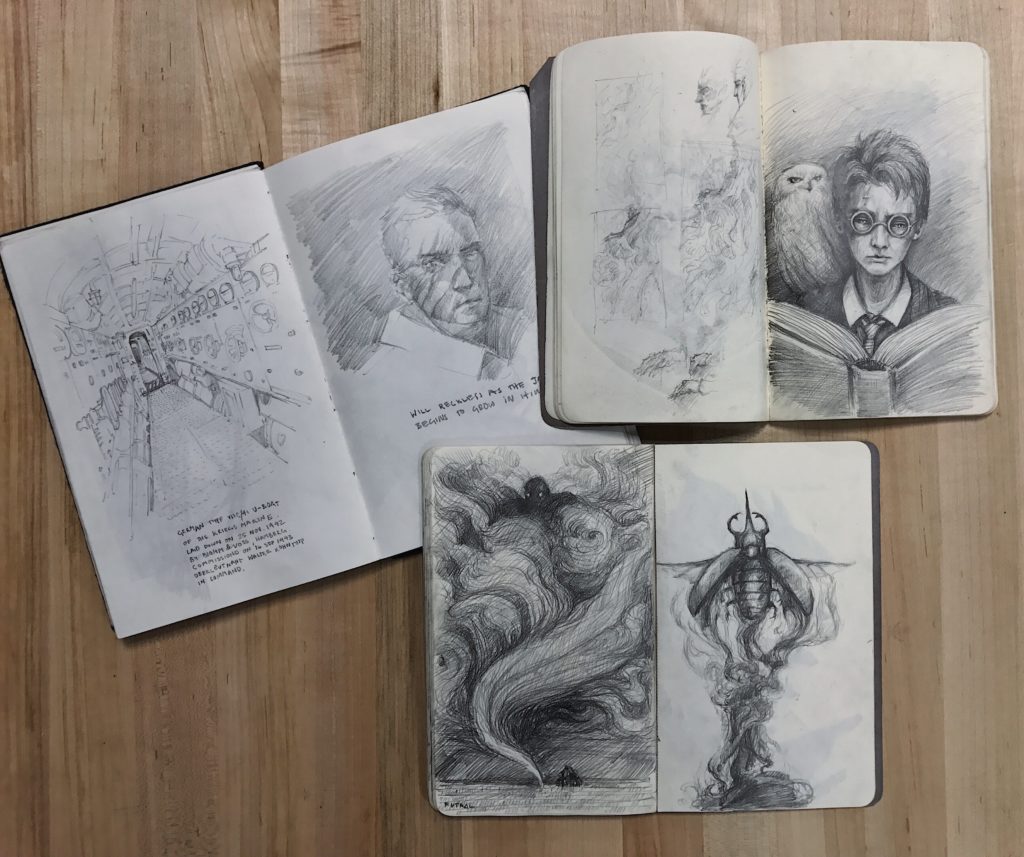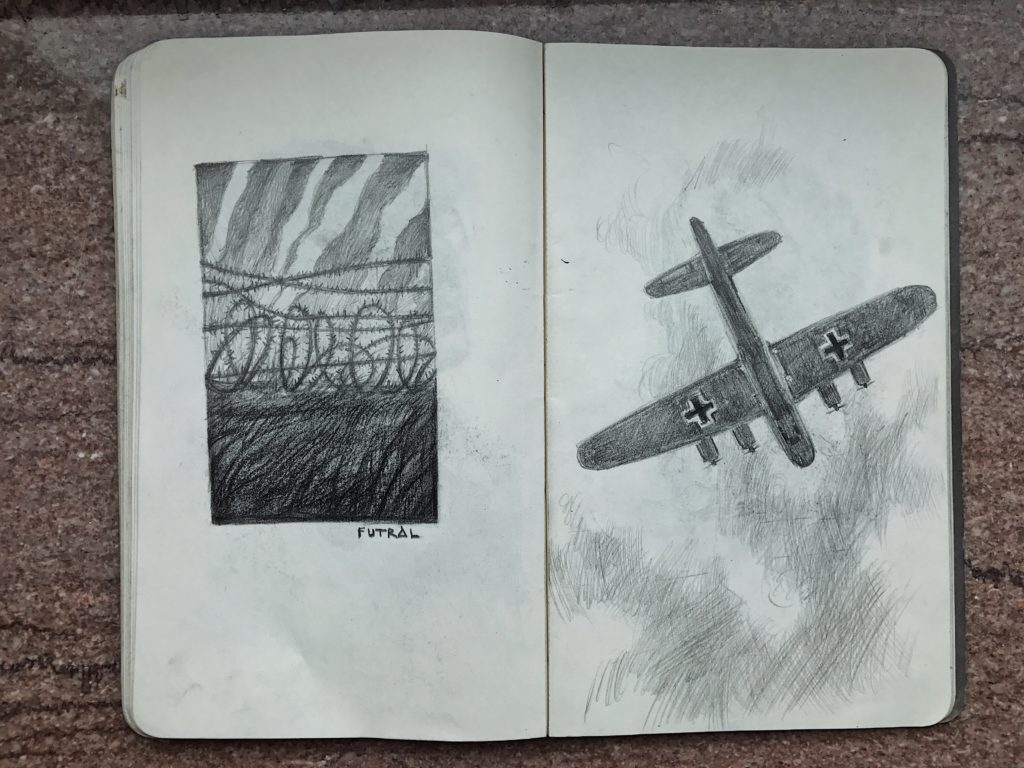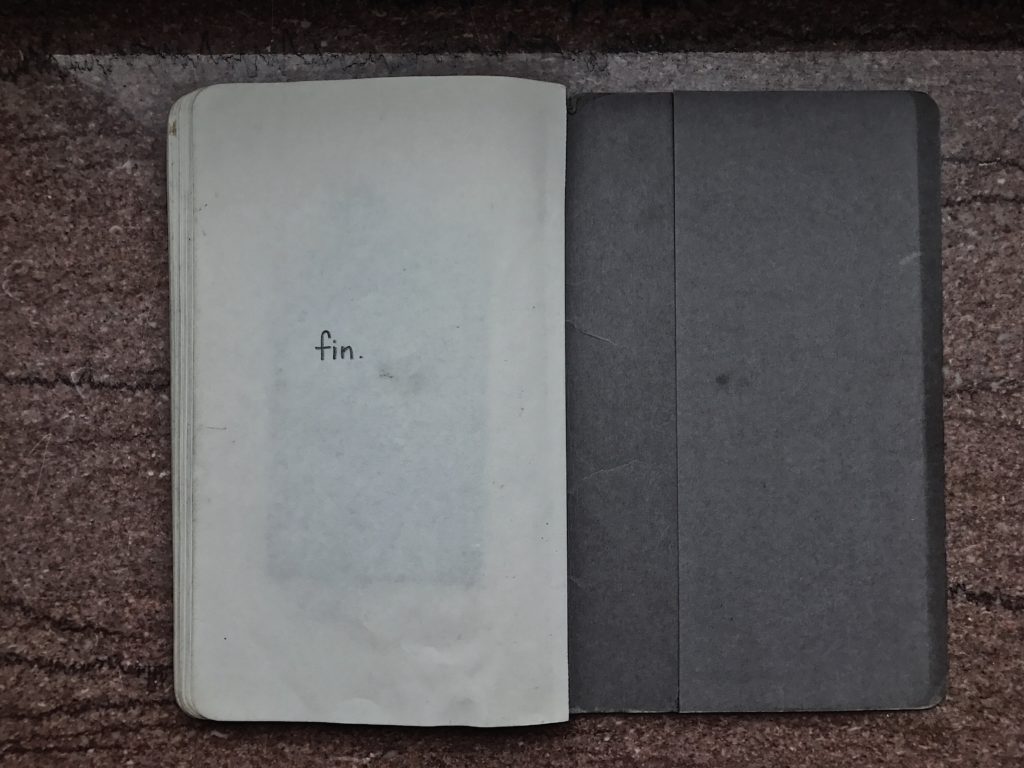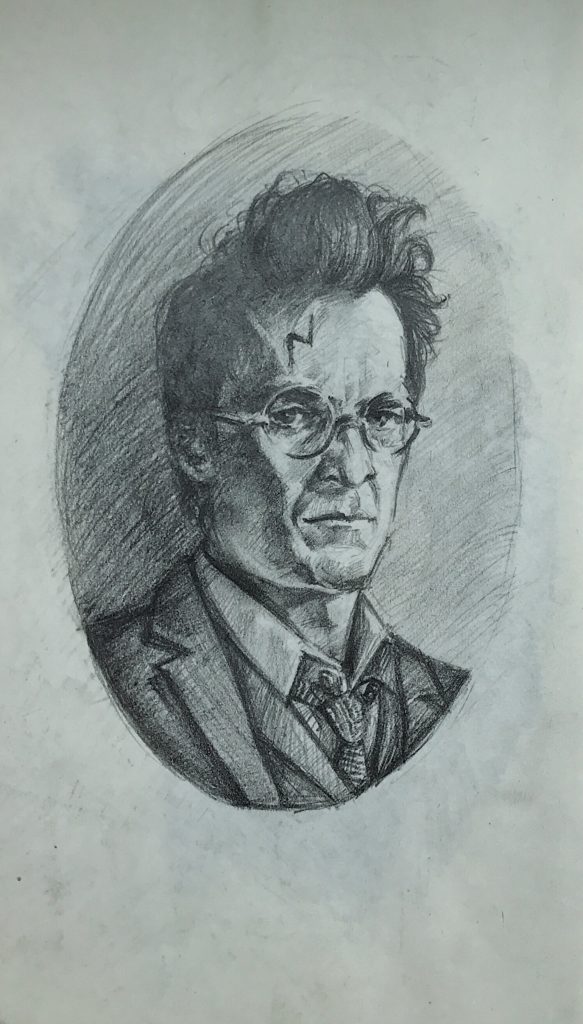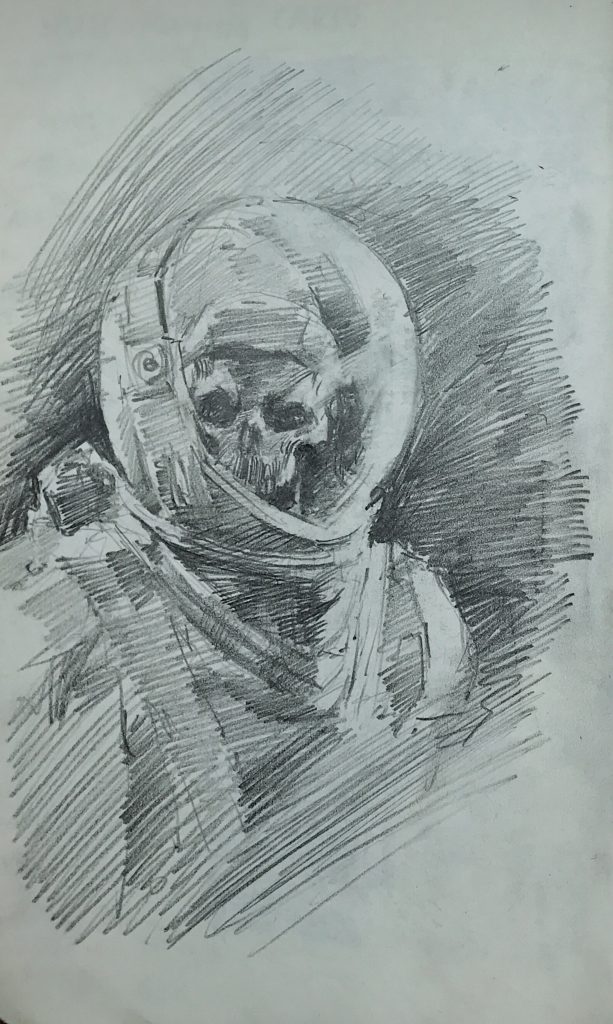Here’s how keeping a sketchbook makes you a better artist
One of the most common pieces of advice given to art students by industry professionals is to keep a regular sketchbook. The Connector spoke with Lydia Futral, a fourth-year illustration student, about the importance of keeping a personal sketchbook and how she feels it helps her develop as an illustrator.
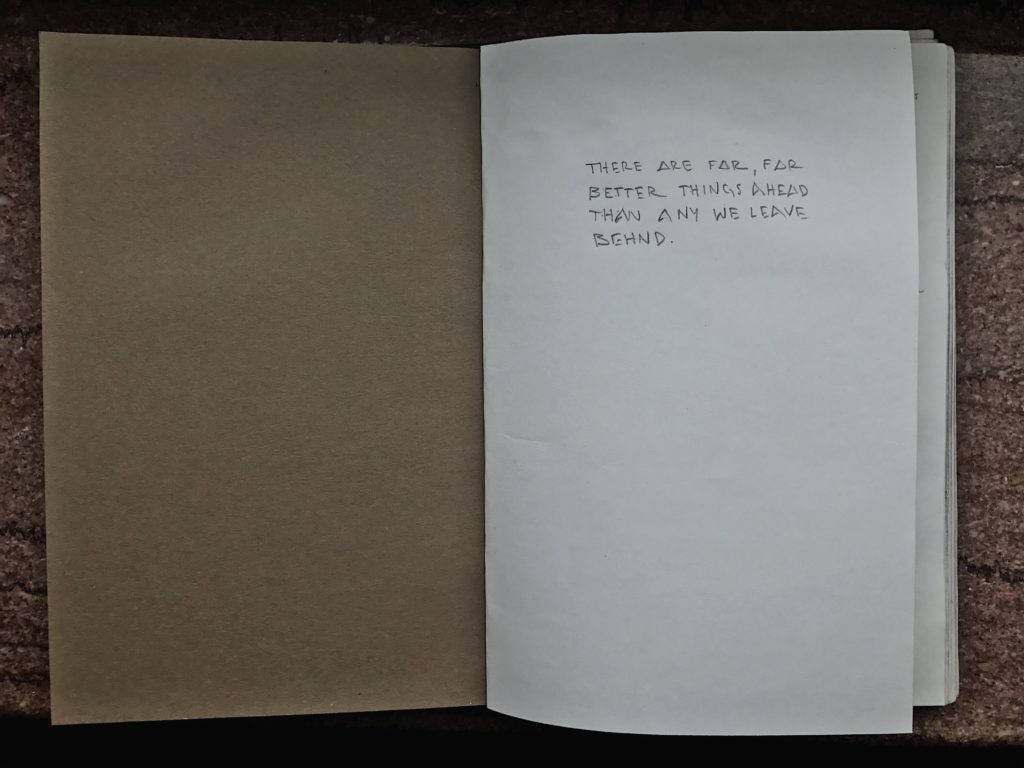
The Connector: Tell us a little about yourself and why did you decide to pursue illustration as a career?
Futral: I knew I wanted to be an illustrator at a very young age. My dad used to read aloud to my siblings and I all the time and that made me fall in love with story telling. Illustration is the visual version of storytelling.
The Connector: Why do you keep sketchbooks?
Futral: I keep sketchbooks because one of my professors told me that If I sketched everyday I would see an, exponential growth in my art. And he was right. Technically and conceptually, my art has advanced by leaps and bounds since I started regularly keeping a sketchbook and the whole creative process comes much more easily now.
The Connector: Do you think keeping sketchbooks helps you improve as an illustrator?
Futral: Yes, as an illustrator sketching lets you experiment and explore with relatively low cost and time commitment. Your sketchbook is where you think. All your planning for your serious projects happens there in the pages of your everyday doodles. You should have pages and pages of quick thumbnails and word lists on top of your other sketching. And write — if you feel a concept write it out. It gets your head in the right place.
The Connector: For most people the biggest setback on starting a new sketchbook is the fear of ruining the sketchbook. Have you ever felt the same? If you did, how did you overcome it?
Futral: I think the fear of low quality sketches is a valid one. No one wants to see work that they consider to be subpar. But the problem is in that thinking. All your work serves a purpose of problem solving. If the artwork is not good then you learned something from that. You learned what to do to make not-good art and that knowledge aids you in making good art. Another piece of advice is to treat your sketchbook like an exploration. If you have a weak spot in your work, go to war on that weakness in your sketchbook. I was not always confident about my figure drawing so thats all I ever did in my sketchbooks.
The Connector: What is your favorite materials to sketch with?
Futral: I’m pretty simple but specific when it comes to sketchbooks. Two .5 mechanical pencils, one with 2b lead, one with 4b lead. Occasionally, I use a 6b wood pencil. Having two type of lead lets you work out the drawing in the harder lead then go back over and bring out the part you like in the darker lead.
The Connector: What would be the best advice you can give to any aspiring artists about exploring their talent and keeping sketchbooks?
Futral: Top advice: draw constantly. The famous sociologist Malcolm Gladwell says that mastery comes after 10,000 hours of work. Thats 416 days or drawing. Start putting in your hours. Carry your sketchbook everywhere. You have a set goal for mastery. Get to it.
